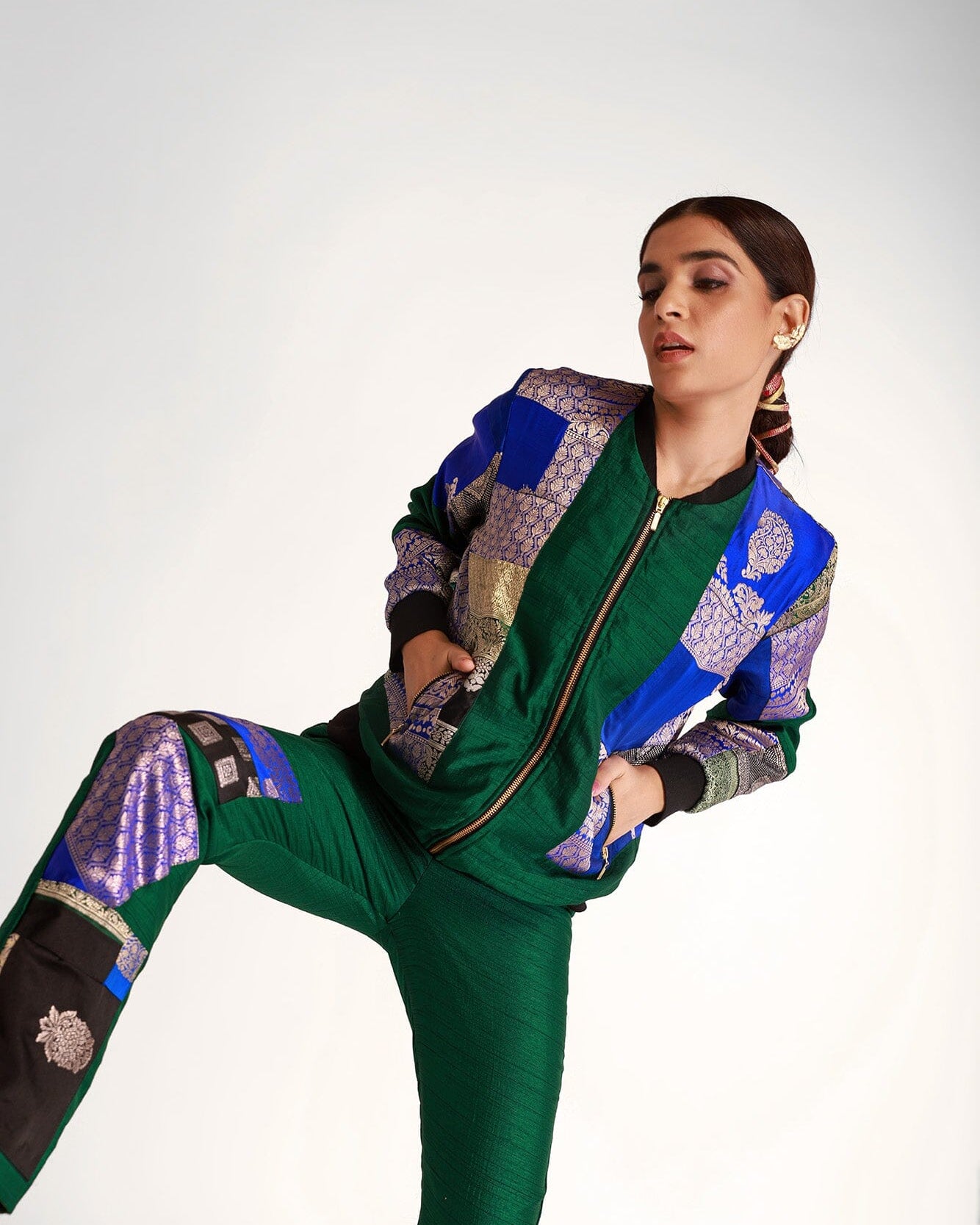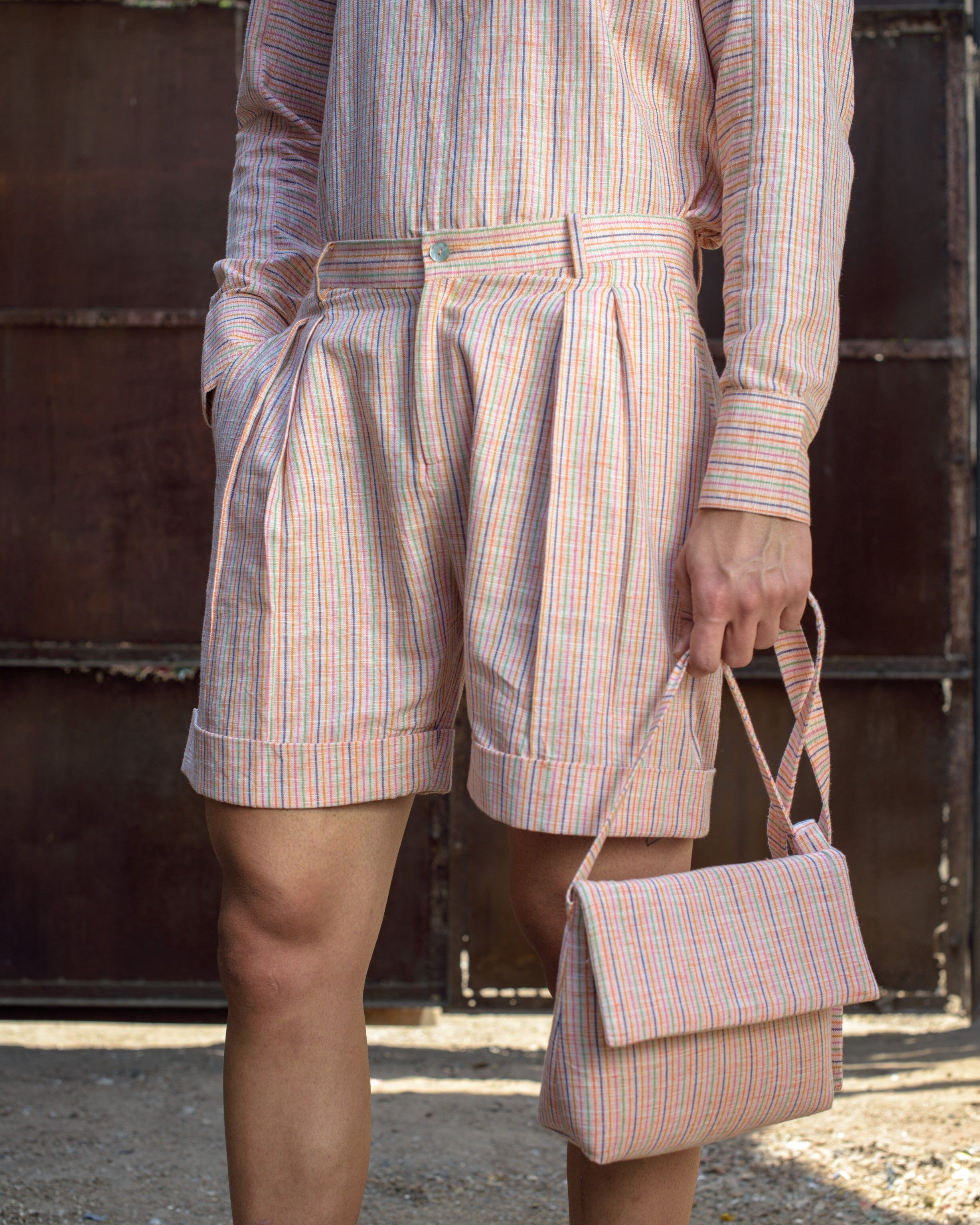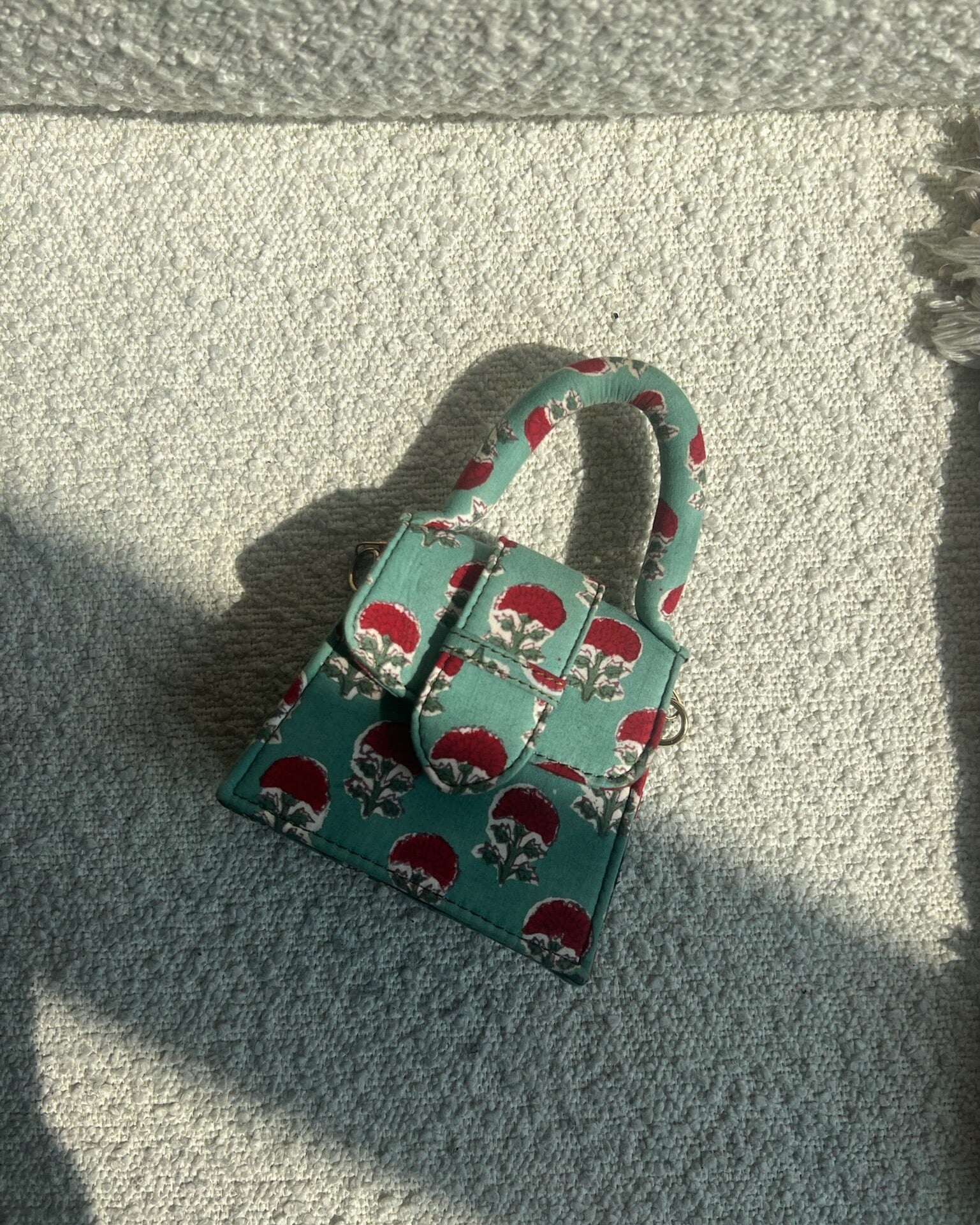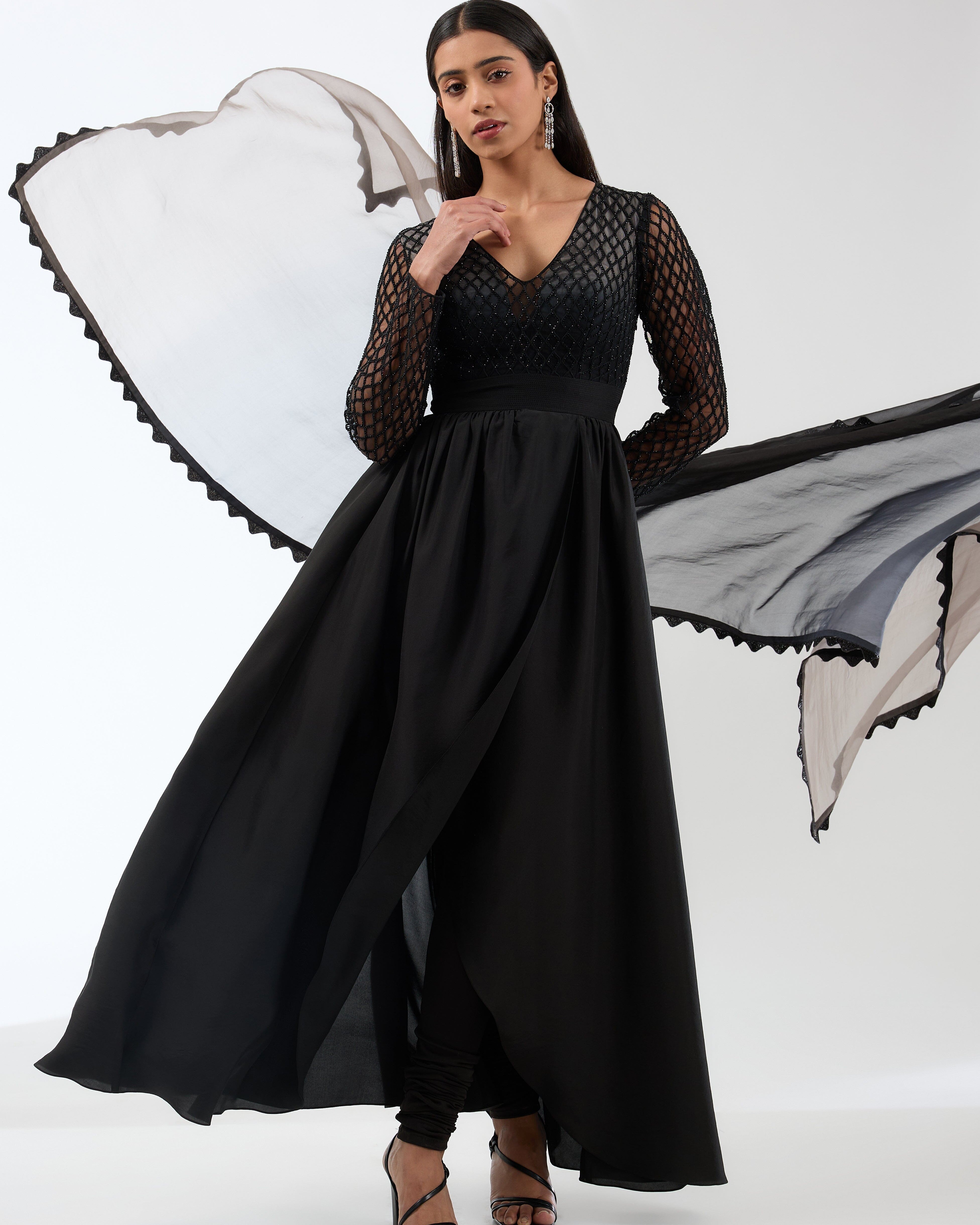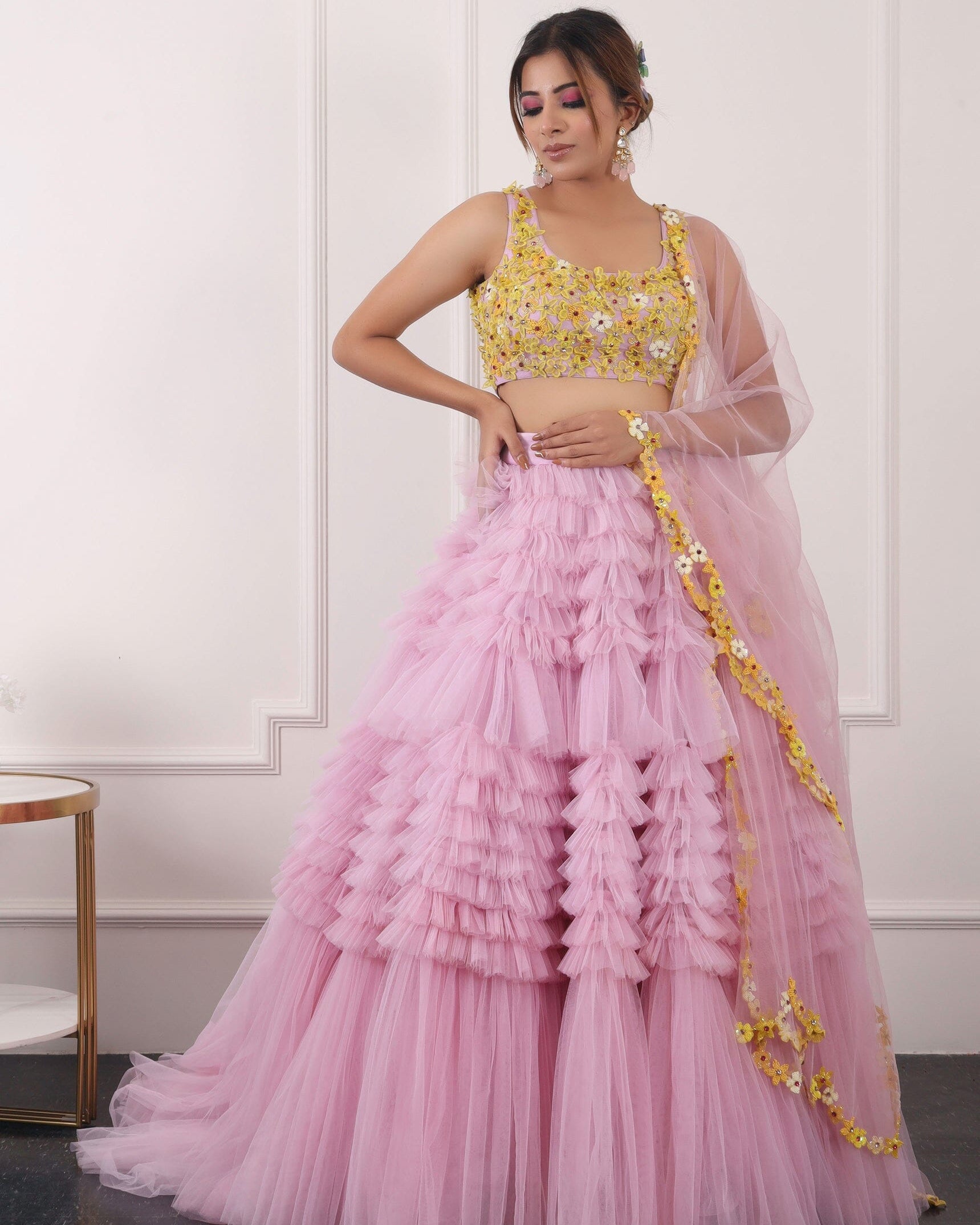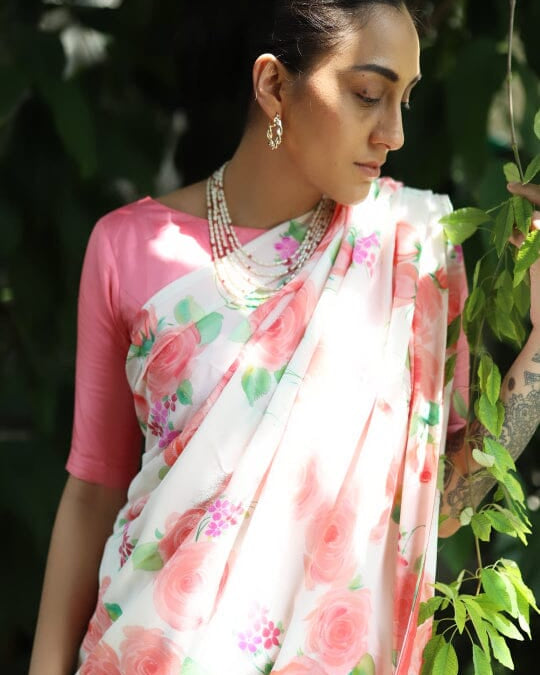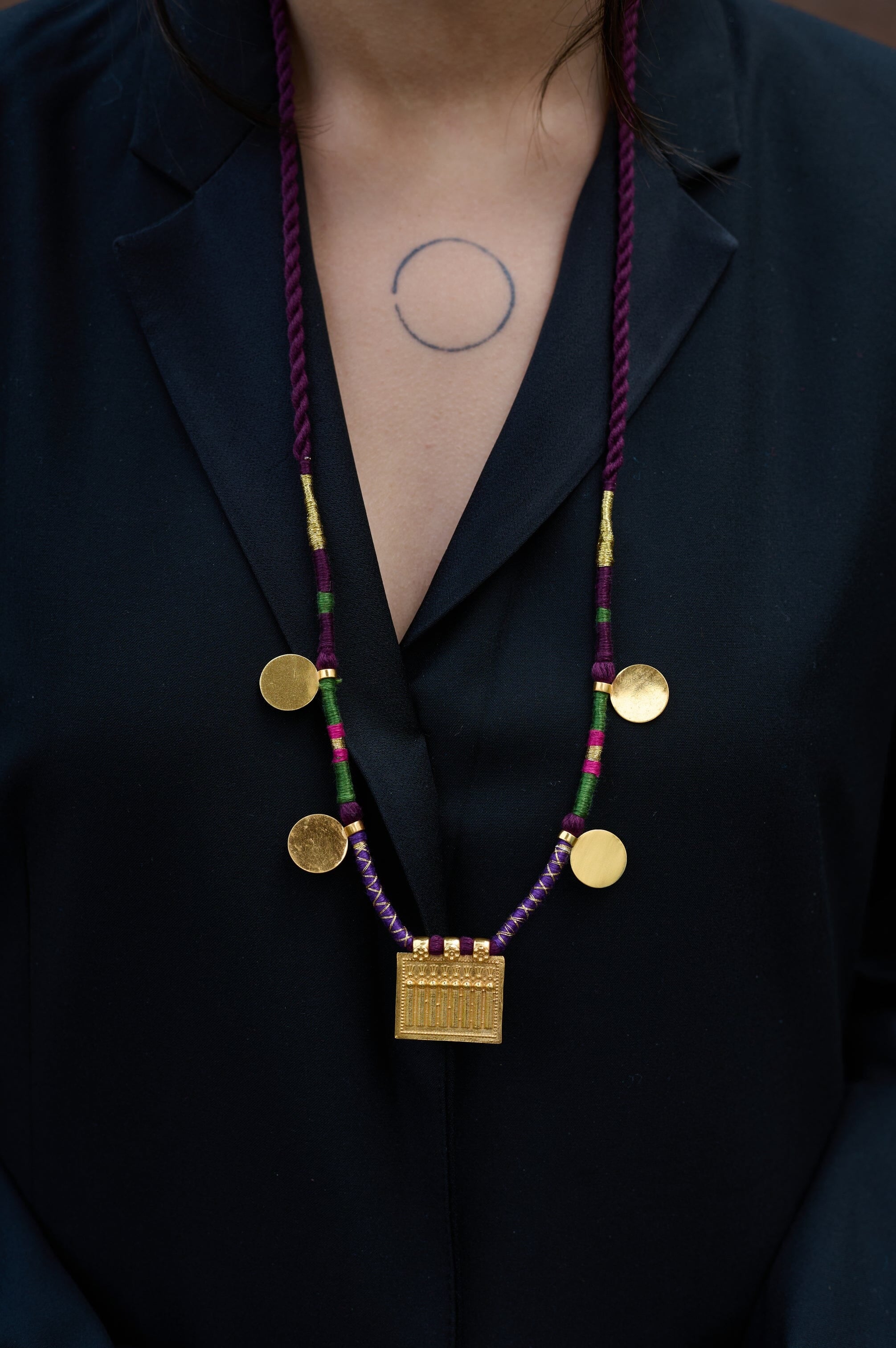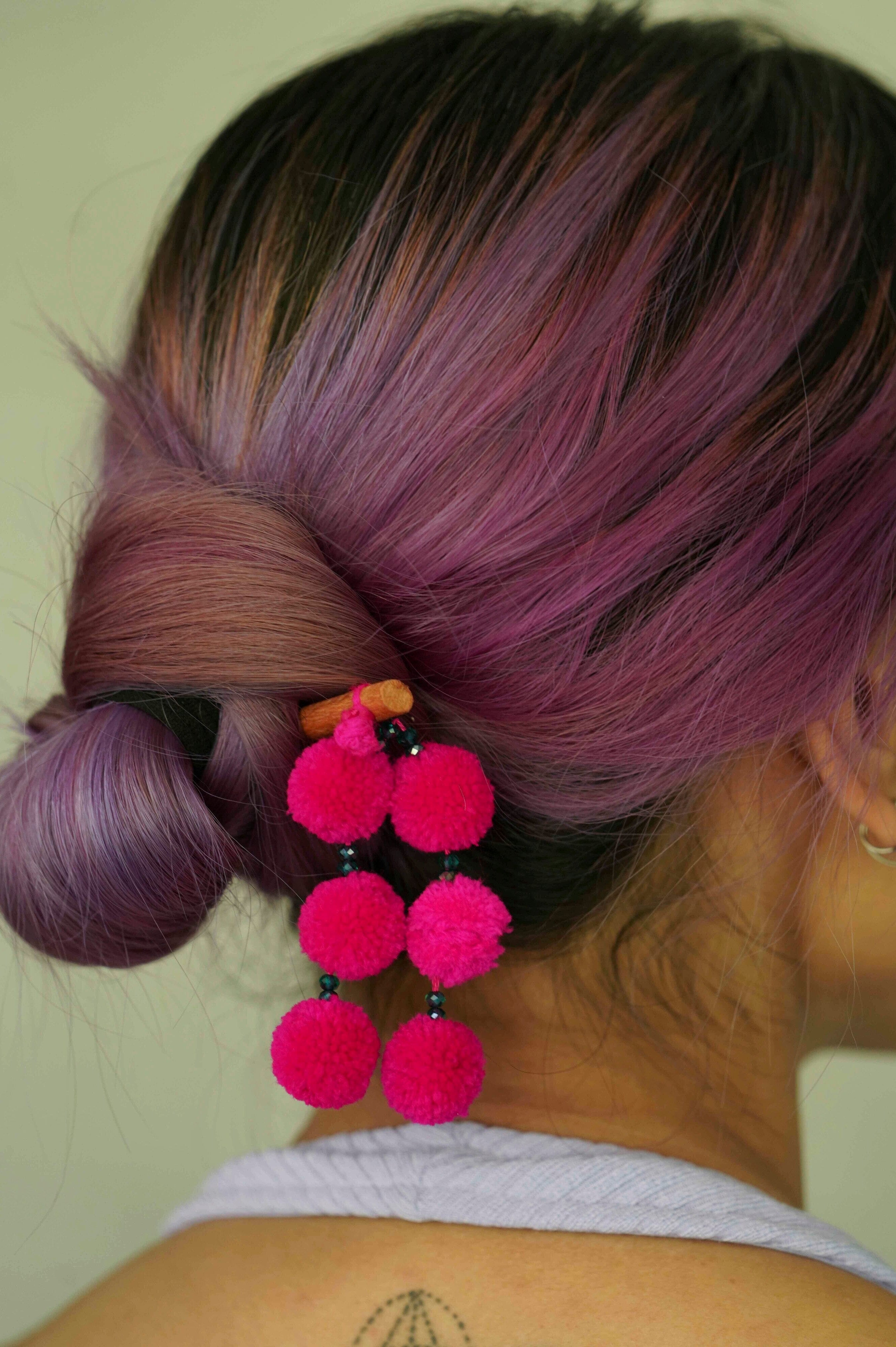Indian block printing is a labor-intensive process that has survived from ancient times to the present because of the beauty of the handcrafted products.
It was revived in the 17th century. Indian artisans continue to print fabric by hand with block printing in the 21st century, which is enjoyed by owners worldwide of those fabrics.
Block printers use wooden blocks and dye to print their fabrics. A block of teak can take up to three days to carve five carvers to create an intricate design for printing. Wooden blocks are used to begin the process. Carvers carve designs into blocks of various shapes and sizes. You can also find various points carved into the wood which the printers use as placement indicators when they pick up the block and place it on the next patch of material. For one and a half to two weeks, each is soaked in oil. The blocks are dipped in the color and then pressed onto the fabric.
Precision is demanded by the artisans to ensure there are no breaks in the motifs. If there are multiple colors, other blocks are used and the artisan waits for the first print to dry first.
The fabrics are left to dry in the sun, and then rolled in a newspaper to prevent them from sticking to each other. The post-printing process sees them being steamed, washed in water, dried in the sun again, and lastly, being ironed.
There are only three widely-used techniques of block printing in India—direct printing, resist printing and discharge printing. Direct printing sees the fabric bleached first, then dyed and finally printed using carved blocks (first the outline blocks, and then to blocks to fill in colour). Resist printing requires some areas of the fabric to be protected from the dye, which are shielded with the use of clay and resin. The dyed fabric is then washed, but the dye spreads through the protected areas, causing a rippled effect.
Next, further use of blocks add desired designs. The last technique of discharge printing, on the other hand, sees the use of chemicals to remove portions from dyed fabric which are then filled in with different colours.
The famous centers in Rajasthan are the cities of Jaipur, Bagru, Sanganer, Pali and Barmer, and the state is known for its colorful prints of gods, goddesses, humans, animals and birds.
Courtesy:
VogueIndia and Indianshelf
https://www.youtube.com/watch?v=HMPQGWDlN98
https://thekindcraft.com/indian-block-printing/






